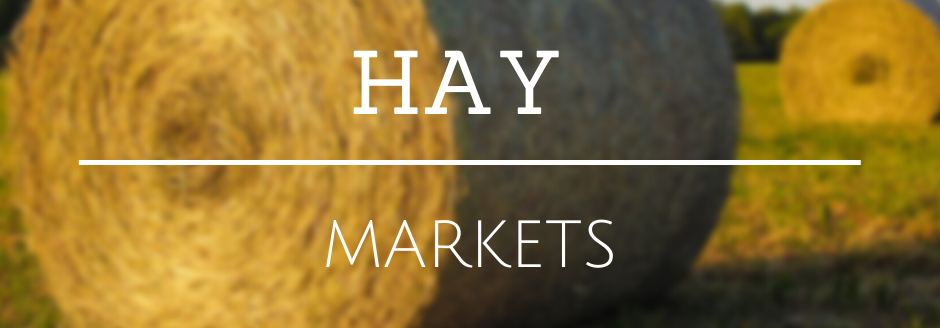Colorado—In the Oct. 12 report, compared to last report, trade activity and demand light. Corn silage harvest is in full swing, reducing trade activity on new hay. Buyers in the northern part of the state have reduced bid offers on alfalfa hay during silage harvest until they can assess their feed stockpiles for the rest of the year. Recent weather conditions have allowed growers to greatly improve the quality of hay put up for second and third cutting alfalfa. Growers are reporting an increase in acres of forage sorghums, triticale, forage wheats, and golden german millet to increase feed stockpiles this year. According to the National Agricultural Statistics Service Colorado Crop Progress report for week ending Oct. 8, alfalfa hay third cutting is 93% complete; fourth cutting is 45% complete.
Missouri—In the Oct. 12 report, compared to last report, hay prices are mostly steady and demand is moderate. Drought conditions remain and there’s been some cooler temperatures recorded. Some late season hay is still being baled and there are some reports of corn stalks being baled behind the combines.
Nebraska—In the Oct. 12 report, compared to last report, hay sales sold steady, with light demand. Fall harvest is still keeping livestock producers busy and hay sales are not a priority.
Oklahoma—In the Oct. 13 report, compared to the last report, hay is slow to steady. Minimal movement across Oklahoma. Compared to last year’s inventory and this year’s it’s the complete opposite. Most producers have more than enough hay, which leads to a buyer’s market. Some are holding off on selling hay due to the uncertainty of what winter may bring. Next report will be released Oct. 27.
Texas—In the Oct. 6 report, compared to the last report, hay prices are mostly steady across the majority of the regions with quality and freight being the largest determinants on price. Buyer demand is good as range conditions continue to deteriorate. Next report will be released Oct. 20.
South Dakota—In the Oct. 13 report, compared to last report, alfalfa hay steady. Moderate demand from local hay buyers, best demand from out of state dairies in need of high testing alfalfa. Good demand for grass hay as calves will be arriving in feedyard pens and need high quality, long stemmed hay to get them coming to the bunk.
New Mexico—In the Oct. 13 report, compared to last report, alfalfa hay steady. Trade active, demand good. The the state is 95% complete with fourth cutting, 30% with fifth cutting and sixth cutting 15%. According to New Mexico Crop Progress report as of Oct. 8, hay and roughage supplies deteriorated slightly from the previous week, and were observed to be 16% very short, 48% short, 35% adequate, and 1% surplus. Stock water supplies were 13% very short, 40% short, 45% adequate, and 2% surplus.
Wyoming—In the Oct. 12 report, compared to last report, alfalfa hay steady. Moderate demand from local hay buyers, best demand from out of state dairies in need of high testing alfalfa. Good demand for grass hay as calves will be arriving in feedyard pens and need high quality, long stemmed hay to get them coming to the bunk.
Montana—In the Oct. 13 report, compared to last report, hay sold generally steady. Hay sales were light again this week. Fall rains continue to pester producers trying to put up hay. The majority of hay in central Montana was cut last week and many producers remain hopeful that this last system didn’t damage the last cutting of the year. Demand for hay remains light for local hay as many ranchers are busy trying to gather cows and calves for fall marketing. Heavy supplies of rained on or mature hay remain on the market with more being produced as rainy conditions continue. Demand for straw is moderate. Heavy straw supplies continue to be seen.

